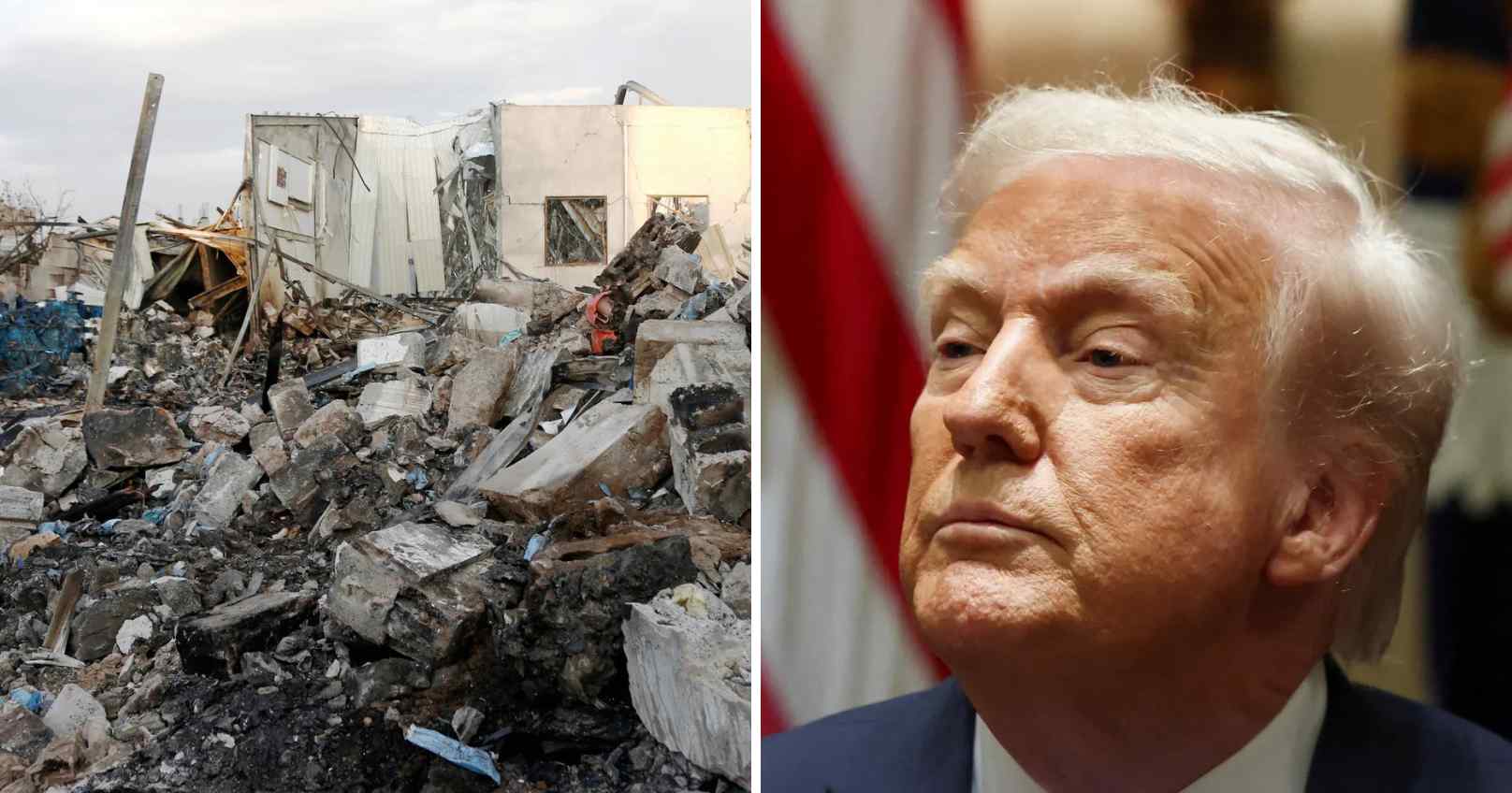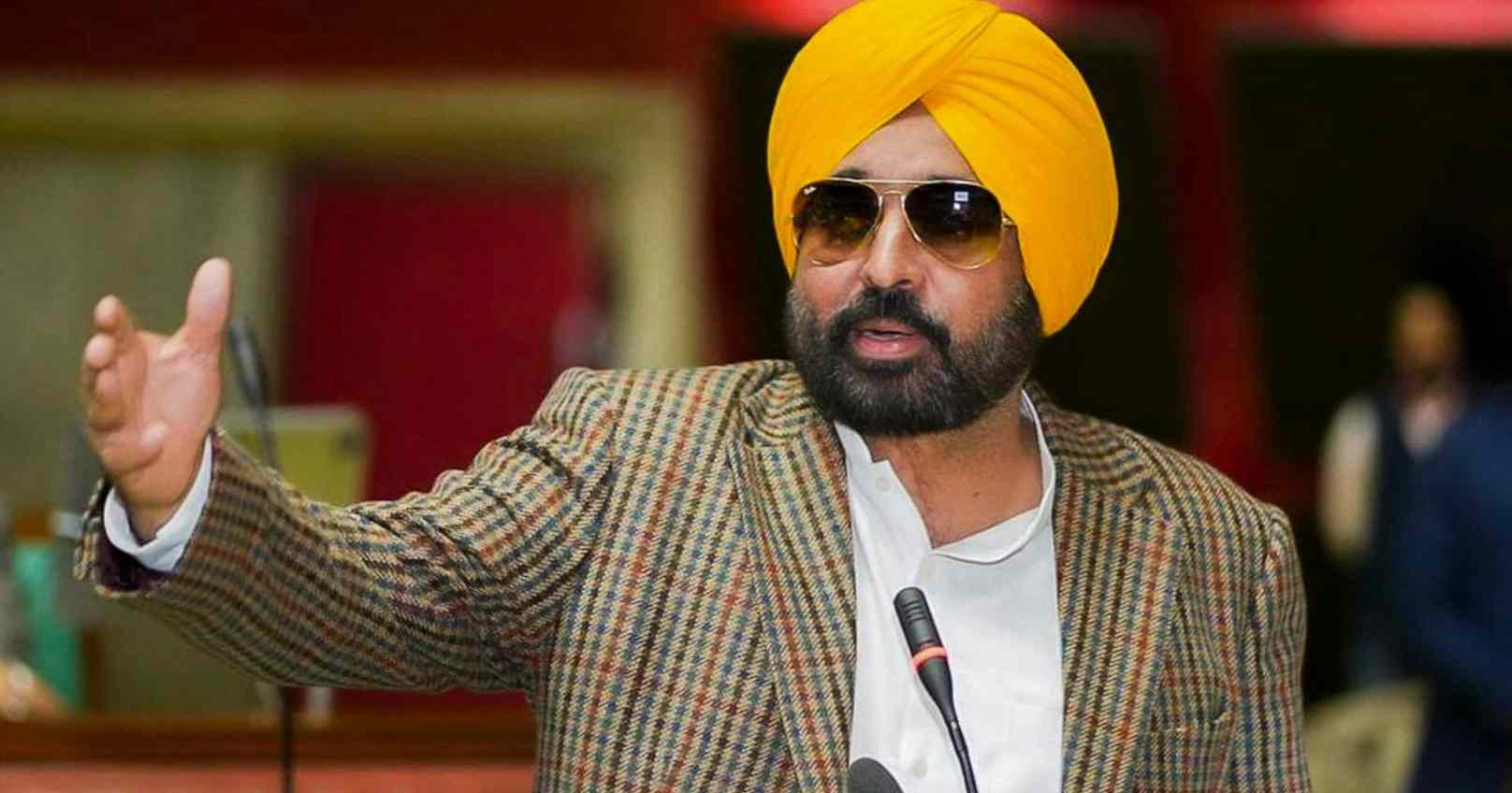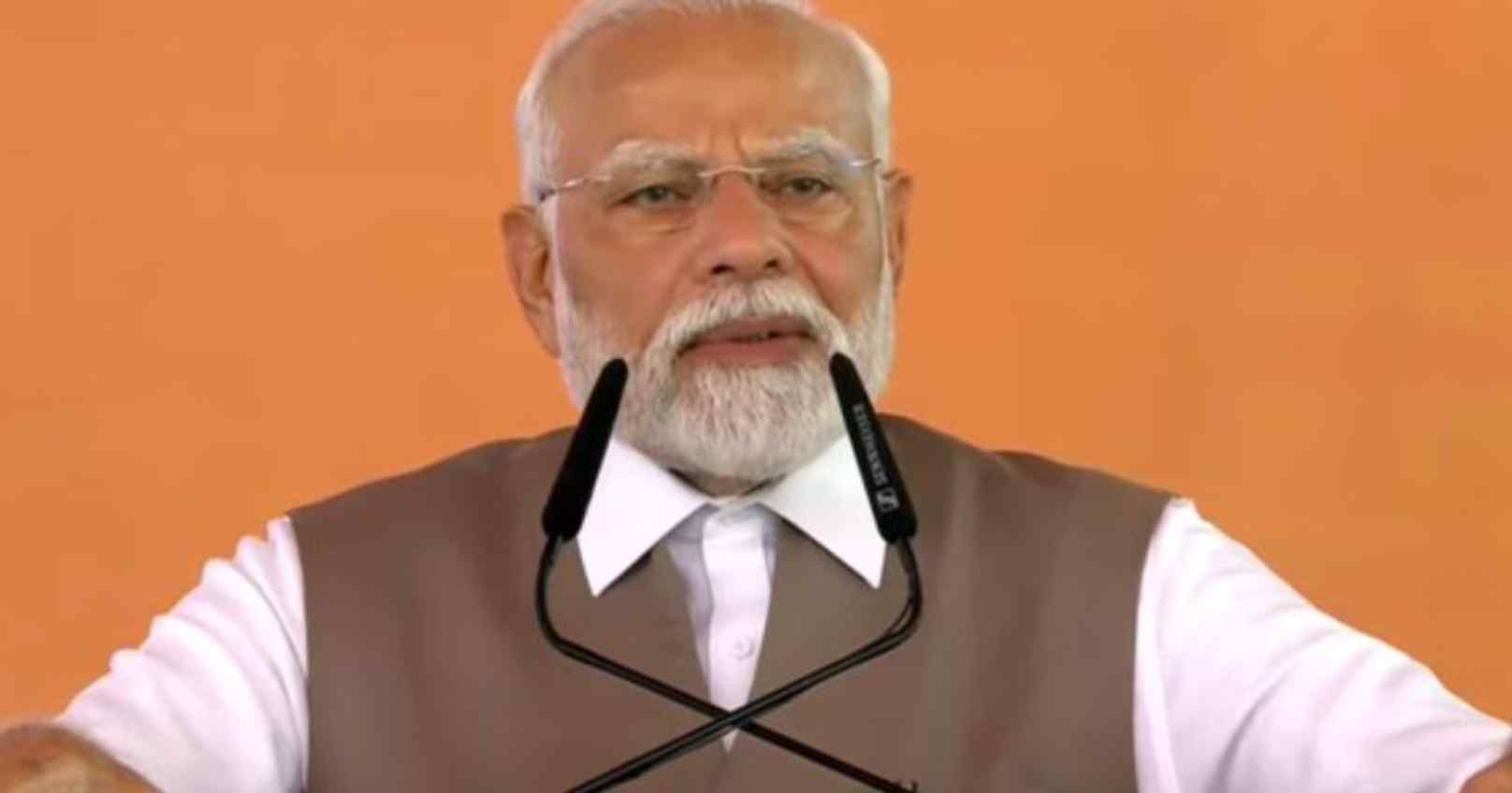Following denials from former U.S. President Donald Trump, White House officials, and senior administration figures regarding the alleged leak of classified details about a planned strike on the Houthis in Yemen on March 15, The Atlantic has released the full transcript of the discussions, including screenshots. The magazine claims it received precise details, including the timing of U.S. aircraft departures, over two hours before the attack began.
According to The Atlantic, sharing such details could have posed a significant threat to American pilots and military personnel if they had reached hostile hands.
Leaked Messages and High-Profile Officials Involved
The magazine's Editor-in-Chief, Jeffrey Goldberg, was reportedly added by mistake to a group chat on the Signal messaging app, where discussions about the airstrike were taking place. This chat allegedly included Vice President JD Vance, Defense Secretary Pete Hegseth, CIA Director John Ratcliffe, National Security Adviser Mike Waltz, Secretary of State Marco Antonio Rubio, Director of National Intelligence Tulsi Gabbard, and other high-ranking officials.
Explaining its decision to publish the chat in its entirety, The Atlantic cited claims made by Hegseth, who had previously insisted that “nobody was texting war plans,” and by Trump and others, who stated that no classified material had been disclosed.
In a report co-authored by Goldberg and staff writer Shane Harris, the magazine described its editorial dilemma. It stated that while its standard policy is to withhold sensitive military details that could endanger U.S. personnel, the administration’s repeated denials compelled them to let the public decide for themselves.
“The statements by Hegseth, Gabbard, Ratcliffe, and Trump—along with multiple officials accusing us of misrepresenting the content of these messages—made it necessary to publish the actual texts. The public has a right to see the kind of information senior officials were discussing on unsecured channels, especially as the administration downplays the significance of these messages,” the report stated.
Before releasing the messages, The Atlantic sought responses from officials on whether they opposed full disclosure. White House Press Secretary Karoline Leavitt responded by reiterating that no classified details were leaked but maintained that the conversation was meant to be private.
“This was an internal, high-level discussion that included sensitive information. For those reasons, we object to its release,” Leavitt stated, according to the report.
National Security Risks and Aircraft Movements
Experts cited by The Atlantic repeatedly warned that discussing military operations over an unsecured Signal chat posed a “serious national security threat.” Goldberg reportedly received information about the attack well before the airstrikes commenced, raising concerns about potential risks.
“If this data—especially the exact takeoff times of U.S. aircraft bound for Yemen—had reached adversaries in that critical two-hour window, American pilots and military personnel could have faced heightened danger. The Trump administration insists that the information shared in these messages was not classified, but the former president has not clarified how he reached that conclusion,” Goldberg and Harris wrote.
Details from the chat indicate that at 11:44 AM ET, Hegseth mentioned that F-18 fighter jets forming the first wave of the strike would depart at 12:15 PM ET. He further noted that a high-priority Houthi target would be hit at 1:45 PM ET, over two hours after the message was sent.
The magazine underscored the potential consequences, stating, “Had someone hostile to U.S. interests intercepted this message—or if an individual with loose security habits shared it on social media—the Houthis could have had ample time to prepare for what was intended to be a surprise operation. The impact on American forces could have been disastrous.”
Hegseth later outlined further attack phases, writing at 2:10 PM ET that more F-18s would take off for a second wave, with additional drone strikes and sea-based Tomahawk missile launches following shortly after.
Excerpt from the messages:
-
2:10 PM: “More F-18s LAUNCH (2nd strike package)”
-
2:15 PM: “Strike drones on target (FIRST BOMBS WILL DEFINITELY DROP)”
-
3:36 PM: “2nd Strike Starts - First sea-based Tomahawks launched”
Vice President Vance responded by writing, “I will say a prayer for victory.”
Shortly before the operation began, Waltz also shared a message regarding a specific strike site, believed to be in Sanaa, stating that a key Houthi missile expert had been identified at a location that was later bombed.
"The first target—their top missile guy—was positively ID’d entering his girlfriend’s building. It’s now collapsed," Waltz wrote.
Vance replied with “Excellent,” followed by Waltz sending emojis of a clenched fist, fire, and the American flag.
Administration’s Response and Political Fallout
On Monday, National Security Council spokesman Brian Hughes confirmed that the leaked chat appeared to be “authentic.” However, Vice President Vance dismissed The Atlantic’s reporting as an exaggeration.
The revelations have triggered a political storm, with critics calling for the resignations of Hegseth and Waltz over the security lapse. Many see this as one of the most serious crises Trump’s administration has faced since his return to the presidency two months ago.
Following the report’s release, Waltz doubled down on his stance, insisting that the leaks did not include classified war plans. “No locations. No sources & methods. NO WAR PLANS. Foreign partners had already been informed of the imminent strikes. BOTTOM LINE: President Trump is protecting America and our interests,” he stated.
Press Secretary Leavitt also dismissed the controversy, arguing that even The Atlantic had acknowledged that no formal war plans were leaked. She labeled the report as yet another attempt to discredit Trump.
Sharing a screenshot of the article, she wrote:
"The Atlantic has conceded: these were NOT ‘war plans.’ This entire story is just another hoax by a known Trump critic who thrives on sensationalism."







